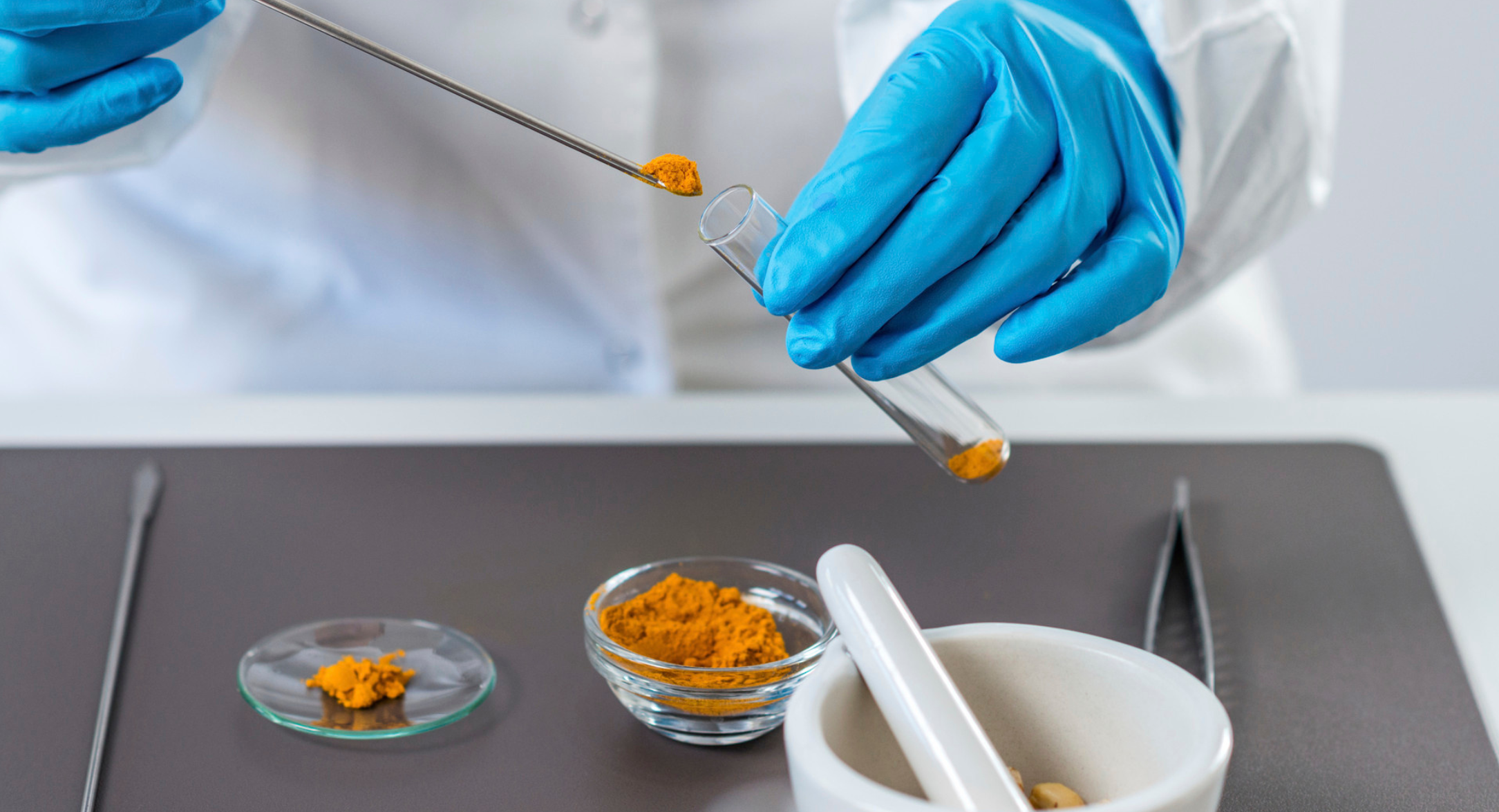When it comes to spices, a hidden concern lurks beneath the vibrant flavors and aromas we savor. Pathogens such as Salmonella, E. coli, C. perfringens, and B. cereus pose a substantial risk of contaminating spices at any stage - from cultivation and harvest to storage and processing[1].
Salmonella is the leading bacterial pathogen associated with spice-related recalls and outbreaks. Its ability to endure dry conditions allows it to persist from production to consumption, presenting a significant health risk. A 2017 FDA study on retail spices highlighted red pepper, ground coriander, and ground dehydrated garlic as spices with the highest instances of Salmonella[2].
While spices can boast antimicrobial properties, some pathogen risks still exist. Despite the strong antimicrobial characteristics of onion and garlic, Salmonella has been found in dehydrated garlic, and fresh onions were implicated in a large Salmonella outbreak. The antimicrobial properties of spices can further complicate Salmonella detection tests, requiring neutralization steps, including higher sample dilution ratios[3].
Spice companies must adhere to rigorous agricultural, harvesting, and manufacturing practices to mitigate the risk of pathogens in spices and safeguard consumer health. Validated treatment methods, ensuring a 5-log reduction standard for Salmonella, become paramount in controlling this risk[4].
Conventional treatment methods, including steam treatment, gamma radiation, and fumigation with ethylene oxide (EtO) and propylene oxide (PPO), are used to reduce microbial populations. EtO, a colorless gas, is more widely employed due to its minimal impact on spice properties. However, EtO is a known human carcinogen and has been banned from using food in the EU for years. Last year, the EPA intensified regulatory scrutiny in the United States and is considering a phased cancellation of the use of spices in specific regions and implementing more rigorous measures to mitigate worker exposure[5].
New emerging technologies like cold plasma, UVC-LED treatment, and organic chemicals serve as non-thermal alternatives and have shown promise for microbial reduction in spices.
Partnering with Mérieux NutriSciences
Mérieux NutriSciences is dedicated to assisting your spice brands by creating food safety plans, ensuring adherence to regulatory standards, and providing guidance on sound agricultural and manufacturing practices. Our team of specialists is well-equipped to manage recall crises and offers comprehensive support to maintain the highest food safety standards.
Our process authority and validation experts are available to validate your process control treatment methods, ensure compliance with FSMA, and work with you on newer technology proof of concept studies.
Additionally, our technical micro team plays a crucial role in addressing the potential inhibitory effects of antimicrobials commonly found in your spices and facilitating proper sample preparation for your spice matrix for accurate pathogen detection.
References
- American Spice Trade Association (ASTA),. Microbiology of Spices White Paper. 2021.file:///C:/Users/us_harupa/Downloads/Microbiology-of-Spices_Draft_Flattened_09022021%20(1).pdf
- U.S.FDA, Risk Profile: Pathogens and Filth in Spices. 2017. https://www.fda.gov/media/108126/download.
- American Spice Trade Association (ASTA),.Salmonella Detection Methods and Laboratory Best Practices for Seasonings, Herbs, and Spice Matrices. 2020. https://www.astaspice.org/food-safety-technical-guidance/microbial-safety/
- American Spice Trade Association (ASTA),. Clean, Safe Spices White Paper. Guidance from the American Spice Trade Association. 2017.
- US Environmental Protection Agency’s Proposed Interim Decision on Ethylene Oxide. 2023. https://www.epa.gov/system/files/documents/2023-04/eto-pid.pdf
